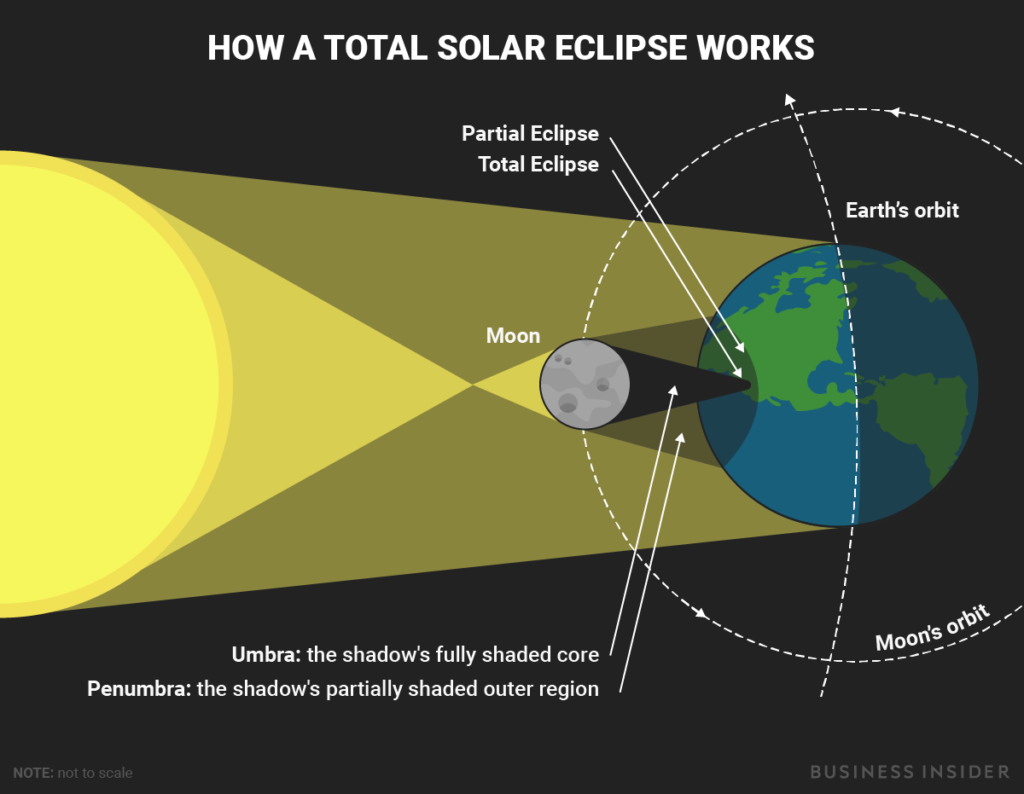Contents
- GENDER INEQUALITY IN INDIA
- EXPLAINED: WHAT IS ANNULAR SOLAR ECLIPSE
GENDER INEQUALITY IN INDIA
Why in News?
World Economic Forum has released Global Gender Gap Index 2020 in December 2019
- India has dropped 4 points from 2018 rankings and is currently placed at 112th position.
Criteria of measurements
- The Index
measures the extent of gender based gaps on four key parameters
- Economic participation and opportunity,
- Educational attainment,
- Health and survival,
- Political empowerment
- It accesses gender based gaps in access to resources than availability of resources
- India has shown an improvement and has closed over 66.8 percent of gender gap
- The most significant concern is of economic gap at 35.4%
- The participation of women in the labour force is also among the lowest in the world, and the female estimated earned income is only one fifth of male income
- India is placed on the very bottom of health and survival sub index
What Lies Ahead?
- This report presents India with an opportunity to make necessary amends
- Government need to engage with all aspects indicated in the index and has to drastically scale up efforts to encourage women’s participation
- A commitment to ameliorate the conditions for women is non-negotiable duty of the state
EXPLAINED: WHAT IS ANNULAR SOLAR ECLIPSE
Why in News?
The last solar eclipse of this year took place on December 26.
What is an annular solar eclipse?

An eclipse happens when the moon while orbiting the Earth, comes in between the sun and the Earth, due to which the moon blocks the sun’s light from reaching the Earth, causing an eclipse of the sun or a solar eclipse.
There are three types of eclipses:

One is a total solar eclipse, which is visible only from a small area on Earth. According to NASA, people who are able to view the total solar eclipse are in the centre of the moon’s shadow as and when it hits the Earth. A total solar eclipse happens when the sun, moon and Earth are in a direct line.
The second type of a solar eclipse is a partial solar, in which the shadow of the moon appears on a small part of the sun.
The third kind is an annular solar eclipse, which happens when the moon is farthest from the Earth, which is why it seems smaller. In this type of an eclipse, the moon does not block the sun completely, but looks like a “dark disk on top of a larger sun-coloUred disk” forming a “ring of fire”.
Furthermore, during a solar eclipse the moon casts two shadows on
the Earth, the first one is called the umbra, which gets smaller as it reaches
the Earth.
The second one is called the penumbra, which gets larger as it reaches the
Earth.
According to NASA, people standing in the umbra see a total eclipse and those standing in the penumbra see a partial eclipse.
Is it safe to view solar eclipses?
NASA maintains that the sun can be viewed safely using the naked eye only during a total eclipse, while during partial and annular solar eclipses, the sun should not be viewed without proper equipment and techniques. Not using proper methods and equipment for viewing can cause permanent eye damage or severe visual loss, it says.



